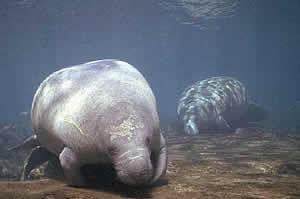The Florida Legislature has released plans to cut essential funding that supports protection and conservation of Florida’s Aquatic Preserves. This program has already been cut 25% by the Legislature over the last three years. The current proposed cut of over $1 million in state funds is an additional 15% reduction that will close six Aquatic Preserve field offices, and eliminate 23 staff currently involved in restoration, education, monitoring, and stewardship of over 2 million acres within the Aquatic Preserves.
What you can do to help:
Contact your local state legislators in the Senate and House via email and letter NOW and urge them to support the Governor’s recommendation for Florida Department of Environmental Protection’s Office of Coastal and Aquatic Managed Areas (CAMA). To locate your legislators, go to: www.flsenate.gov and www.myfloridahouse.gov.
- CAMA is responsible for managing over 4 million acres of submerged ands within 41 Aquatic Preserves, three National Estuarine Research Reserves, and the Florida Keys National Marine Sanctuary representing Florida’s most pristine coastal and marine resources. Florida’s Aquatic Preserves protect sea grass beds, coral reefs, mangrove and marshes that serve as powerful economic engines driving local businesses such as tourism, sport fishing, boating, and commercial seafood industries that generate billions of dollars each year.
- CAMA is a non-regulatory program that uses science and education to build successful collaborative partnerships that effectively engage public and private sectors in coastal stewardship. The Charlotte Harbor Aquatic Preserves and its associated park lands provide a wide range of outstanding benefits and values to the people of the State of Florida, including economic benefits such as:
- The $18.4 Billion and 220,000 jobs the recreational marine-related industry generated statewide in 2005, (this includes boating and marinas, fishing, and marine science research);
- As of 2007 there were tourist oriented facilities valued at $1.4 Billion in Southwest Florida (the second highest values in the state);
- Southwest Florida region has the highest number of saltwater licenses among non-residents and the second highest number of beach attendance. In order to maintain and even grow this segment of the economy, we need to at least maintain the current level of management to ensure our waters are attractive to tourist, recreational users and commercial enterprises.
